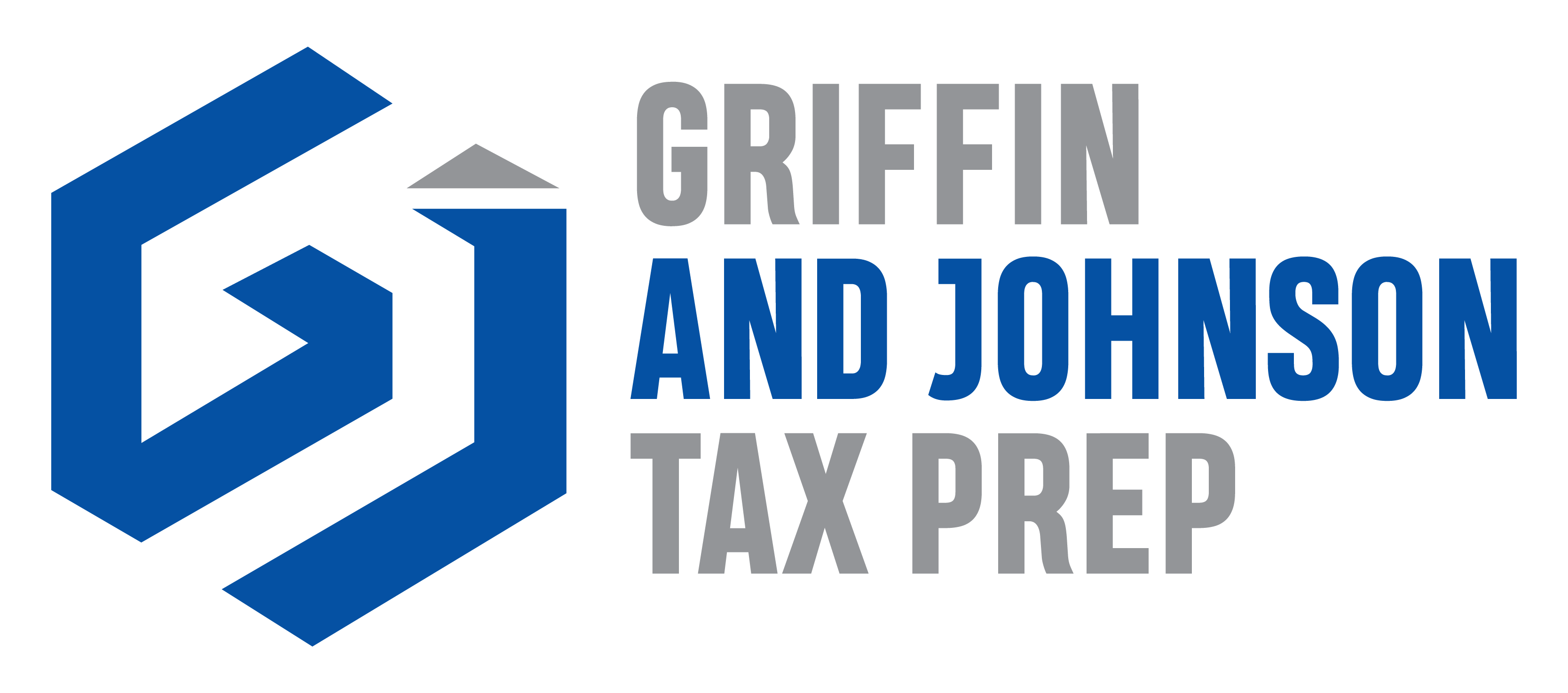Guide to Free Tax Return Filing: How to Save Money and Avoid Mistakes
Introduction to Free Tax Return Filing
As the tax season approaches, understanding the nuances of filing your tax return becomes paramount. A tax return, essentially a form (or forms) filed with a tax authority, documents income, expenses, and other pertinent financial information. This process helps determine the amount of tax refund or tax liability due for the individual. While this may sound daunting, several methods of free tax return filing are available to ease the burden, particularly for those looking to economize the process.
Opting for free tax return filing not only helps save money but also ensures you are complying with the law without spending extra. This guide will explore various free filing options available, including digital software solutions and in-person assistance, helping you choose the best method suitable for your financial situation.
Guide to Free Tax Return Filing: How to Save Money and Avoid Mistakes
Introduction to Free Tax Return Filing
Each year, as the tax season rolls around, understanding the nuances of filing a tax return becomes crucial for money management and legal compliance. A tax return is a form or forms filed with a tax authority that reports income, expenses, and other pertinent tax information. Filing taxes correctly ensures you are taking advantage of any refunds or deductions you are entitled to and avoids potential penalties for errors or omissions. While tax filing may seem daunting or expensive, there are robust free options available that not only simplify the process but also help save on the potentially high costs associated with professional tax filing services.
Free tax return filing is a service provided by various platforms and organizations that allows taxpayers to prepare and file their income tax returns without incurring fees. This is an invaluable resource for individuals looking to manage their finances effectively, especially those concerned about the additional cost of filing taxes. It’s essential, however, to understand what free tax return filing entails to maximize its benefits while ensuring compliance with tax laws and regulations.
The key advantage of free tax return filing is cost savings. By utilizing these free services, you can direct funds you would otherwise spend on paid tax preparation services towards other financial goals. Additionally, many free services provide guidance and support, tools often reserved for paid clients. Today, numerous options exist for free tax file returns, from IRS-sponsored programs like the IRS Free File delivered by TurboTax and other reputable providers to state-level and non-profit organization services. Choosing the right platform can significantly simplify your tax filing process, providing clear instructions and minimizing the hassle and errors that might occur otherwise.
As we navigate through the specifics of free tax return filing, it is pivotal to recognize the dual benefits of these services: cost-effectiveness paired with high-quality support. Whether you are a student, someone with a straightforward tax situation, or merely seeking to cut costs, free tax filing services offer a practical solution that aligns with various needs and situations. With an array of verified and user-friendly platforms at your disposal, engaging in a do-it-yourself tax filing not only becomes manageable but also economically wise.
Making the leap into free tax return filing can dramatically reduce the anxiety and financial burden associated with tax season. In the following segments, we will delve deeper into navigating these free services, understanding eligibility, and ensuring you maximize potential returns or deductions while avoiding common pitfalls that could turn an opportunity to save into a costly error.
By the end of this guide, you’ll be equipped with the necessary tools and knowledge to confidently approach your tax filing, knowing you are saving money while ensuring thorough compliance. Let’s explore this empowering possibility of free tax return filing together, ensuring you leave well-prepared to tackle your next tax return with finesse and expertise.
Stay tuned as we explore the key steps in accessing and using these free services effectively, ensuring your tax season goes as smoothly as possible.
Key Steps in Free Tax Return Filing
Filing your taxes doesn’t have to be a daunting or expensive process. With the availability of free tax return filing options, you can easily handle your taxes without worrying about the additional financial burden. In this segment, we will guide you through the essential steps involved in free tax return filing, including how to determine your eligibility, organize your financial documents, select the appropriate software, and submit your returns effectively.
Understanding Your Eligibility for Free Tax Filing
Before diving into the world of tax filing, it’s crucial to understand whether you qualify for free tax return filing services. The IRS Free File program, for instance, offers free filing for individuals whose adjusted gross income (AGI) is $72,000 or less per year. Additionally, certain states also provide similar services for state tax returns. Make sure to review the requirements of each program you are considering to ensure you meet the eligibility criteria. This initial step prevents any surprises and ensures you follow the route best suited to your financial situation.Preparing Your Financial Documents
Organizing your financial documents is perhaps the most critical step in the tax filing process. Begin by gathering all necessary documents such as your W-2 forms, 1099 forms, investment income statements, and deductions like educational expenses or mortgage interest. Creating a checklist can be extremely effective in tracking these documents. Ensure you have every piece of information required, as missing data can delay the process, or worse, lead to inaccuracies in your filed tax return.
Choosing the Right Free Tax Software
Several reputable companies offer free tax software options that cater to different needs, such as TurboTax, TaxAct, and H&R Block. These software programs generally provide step-by-step guides through the tax filing process, which can be immensely helpful if you’re not entirely confident in your tax knowledge. When selecting a software, consider the complexity of your finances. Those with more straightforward tax situations may benefit from more basic versions, whereas others with more complex scenarios, like freelancing or ownership of various types of investments, might look for software offering more advanced features.
Submitting Your Tax Returns Online
Once your documents are in order, and you’ve inputted your information into the tax software, the next step is submission. Most tax software will offer a review feature, allowing you to check your return for common errors such as incorrect Social Security numbers or miscalculations. Taking advantage of this feature can save you from future headaches with the IRS. After ensuring everything looks correct, you can typically file your taxes directly through the software using the IRS e-file system — a safe, fast, and efficient way to handle your tax filing.
Seeking Free Assistance from Certified Tax Preparers
If you find the process overwhelming, there are options for free assistance. The IRS sponsors programs like the Volunteer Income Tax Assistance (VITA), where certified tax preparers help those who qualify, including individuals who earn $56,000 or less, those with disabilities, and limited English-speaking taxpayers. Additionally, the Tax Counseling for the Elderly (TCE) program assists taxpayers who are 60 years of. Utilizing these resources can not only provide peace of mind but also ensure that your tax returns are as accurate as possible.
By following these steps in free tax return filing, you can manage your taxes confidently without the stress and expense often associated with the process. Make sure to use the right tools, stay organized, and seek help if needed. tax season doesn’t have to be taxing.
Remember, while free tax return filing can be a great option for many, ensuring official resources and tools suit your particular needs is crucial. Take the right steps forward and ensure your financial health remains strong year after year.
Common Pitiles to Avoid in Tax Filing
Filing your taxes can be a stressful ordeal, especially for those opting for free tax return filing. While the budget-friendly option of free filing offers undeniable financial benefits, it also possesses potential pitfalls that can lead to costly errors if not navigated carefully. In this segment of our comprehensive guide, we will explore common mistakes taxpayers make during the tax filing process and provide expert tips to avoid them, ensuring a smooth and accurate submission.
1. Inaccurate Personal Information
One of the simplest yet most frequent errors in tax filing is entering incorrect personal information. This can include typos in your name, Social Security number, or bank account details. Such mistakes can delay refunds or, worse, result in the IRS being unable to process your return.
Tip: Always double-check your personal information before submitting your tax return. If you’re using a tax software, review the auto-filled fields carefully to ensure their correctness.
2. Overlooking Potential Deductions and Credits
Another common misstep is missing out on deductions and credits that could significantly decrease your tax liability. Many taxpayers, especially those newly eligible for certain deductions, may not be aware of what can be claimed.
Tip: Before filing, take the time to review the IRS’s list of deductions and credits. Utilize the IRS Interactive Tax Assistant tool or consult with a tax professional if you’re unsure about your eligibility for certain tax breaks.
3. Not Verifying the Final Submission
A crucial step that is often overlooked is the final review of your tax return before submission. This includes verifying calculations and ensuring that all entered information aligns with supporting documents.
Tip: Use the preview function in your tax software to check your entire return. Some software also offers a step-by-step review that highlights areas that might need attention.
4. Ignoring Filing Deadlines
Procrastination can lead to rushing through your tax return, which increases the likelihood of errors. Late filing can also result in penalties and interest on any amount owed.
Tip: Mark your calendar with all relevant tax deadlines, including extensions, if applicable. Aim to start the filing process early to give yourself ample time for thorough preparation and review.
5. Not Keeping Copies of Your Tax Return
Failure to keep copies of your filed tax returns can complicate matters if you need to reference them in the future or file an amendment.
Tip: Always save a digital or hard copy of your tax return and any supporting documents for at least seven years. This documentation can be crucial for future filings or in the event of an audit.
6. Failing to Update Tax Filing Status
Changes in life circumstances such as marriage, divorce, or the birth of a child can affect your tax filing status. Failing to update this status can lead to inaccuracies in your tax obligations or return.
Tip: Review your filing status annually before preparing your tax return to ensure it accurately reflects your current situation.
Concluding Thoughts
While free tax return filing is an excellent option for many taxpayers, the process is not without its challenges. However, by being proactive and mindful of the common pitfalls discussed here, you can navigate the process smoothly and efficiently. Remember, the key to a successful tax return is accuracy and timely action.
If you do realize a mistake after submitting your tax return, the IRS provides options to amend your return. It’s important to address errors as soon as they are discovered to avoid potential penalties and interests.
With these tips in hand, you are better equipped to tackle your tax filing with confidence and precision. Happy filing!
### Conclusion
Navigating the complexities of tax returns need not be a stressful endeavor, especially with the array of free tax return filing options available at your disposal. By following the guidelines and tips shared in this article, you can simplify the process and ensure that your tax returns are filed efficiently and accurately, without the burden of additional costs. Remember, the ultimate goal of filing your tax returns is not just about fulfilling a legal obligation, but also about maximizing your financial benefits. Whether you qualify for a free filing through programs like the IRS Free File or decide to use simplified free tax software, the key is to stay informed and proactive. Avoid common pitfalls by checking and double-checking your work before submission and utilizing free resources for assistance. Tax season doesn’t have to be taxing—with the right tools and knowledge, you can file your taxes with confidence and precision, ensuring you keep more of your hard-earned money in your pocket. Happy filing!





